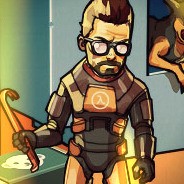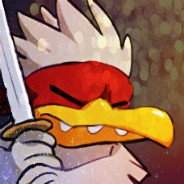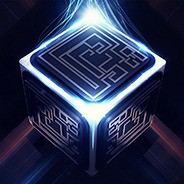Task III. You are going to read a magazine article about the planets of the solar system. Choose the most suitable heading from the list A-H for each part (1-7) of the article. There is one extra heading which you do not need to use.(Written form) A Too hot for life. 1. The solar system is a family of worlds. Nearest to the sun is Mercury, a place where the day is hot enough to melt some metals and the night sufficiently cold to make a rubber ball as brittle as glass. The planet has no atmosphere to scatter light so the sun glares down from a pitch black sky. В A place of contrasts. 2. Venus, on the contrary, has an atmosphere so thick that no one on its surface could ever see the sun. Though the sun is concealed, its energy reaches the planet’s surface, turning it into a baking desert where nothing can live. С Red for danger. 3. Beyond the earth and its moon we come to the planet Mars. Its famous redness is due to oxidization — a sort of rusting process that has taken place over millions of to years. According to a now discredited theory, intelligent creatures on Mars have dug canals to harness the small amounts of water released when the planet’s polar ice¬caps melt in the Martian spring. D Gases in turmoil. 4. Jupiter is a giant ice-ball surrounded by an atmosphere of poisonous gases. It is an atmosphere full of storms and turmoil. The biggest storm of all — visible in the form 15 of the Great Red Spot — has lasted for over 200 years and shows no sign of dying away. E A treat for the amateur. 5. Saturn, Uranus and Neptune are giant stepping stones leading us into the unseen coldness of outer space. Saturn is the most distinctive planet of the three, since it has the famous rings which almost everyone has heard about. They form a halo 20 round its equator and no one knows quite how they were formed. A spectacular sight when observed through a powerful telescope, they can also be seen and enjoyed with a simple pair of binoculars. F A distant wanderer. 6. Beyond Neptune orbits little Pluto. Too small and too far from the sun to receive much light, it reflects so little that it tells us very little indeed about itself. Its orbit 25 sometimes brings it nearer to the sun than Neptune; at other times it swings out into the blackness of space as if it never means to return. G An unseen influence. 7. Could there be another planet even further away than Pluto? There are clues that the answer to this may be yes. A mysterious gravitational pull is disturbing the orbits of Neptune and Pluto, suggesting that an unseen world awaits discovery. H Fact and fiction.
160
445
Ответы на вопрос:
Популярно: Английский язык
-
Английский язык, ответьте на вопросы? 3. Расскажите о том, как вы делаете...
 софия68225.08.2020 21:03
софия68225.08.2020 21:03 -
Выполнить все задания ....
 140605200527.03.2023 09:49
140605200527.03.2023 09:49 -
мой город Петропавловск Казахстан!...
 marekatyan09.01.2022 08:48
marekatyan09.01.2022 08:48 -
You will share what you will do in summeru перевод...
 Naati14pr30.08.2022 11:15
Naati14pr30.08.2022 11:15 -
Напишіть рецепт і приготування вареників на ійській)...
 Kara2006kara19.08.2021 18:28
Kara2006kara19.08.2021 18:28 -
Напишите глаголы в паст симпл teach- put- brihg- sleep- think- spell-...
 gasanova68308.01.2022 22:24
gasanova68308.01.2022 22:24 -
1. our schoolyard looks very boring ( plant more flowers)...
 КапитанПрайс300001.04.2022 00:03
КапитанПрайс300001.04.2022 00:03 -
составить диалог по английскому ...
 34516004.07.2021 05:01
34516004.07.2021 05:01 -
нужен ответь по английскому языку ...
 dianag14151712.06.2022 07:04
dianag14151712.06.2022 07:04 -
4 ABOUT YOU Ask and answer the questions. 1 Are you superstitious about...
 ArtemPatsaliuk16.05.2021 18:06
ArtemPatsaliuk16.05.2021 18:06

